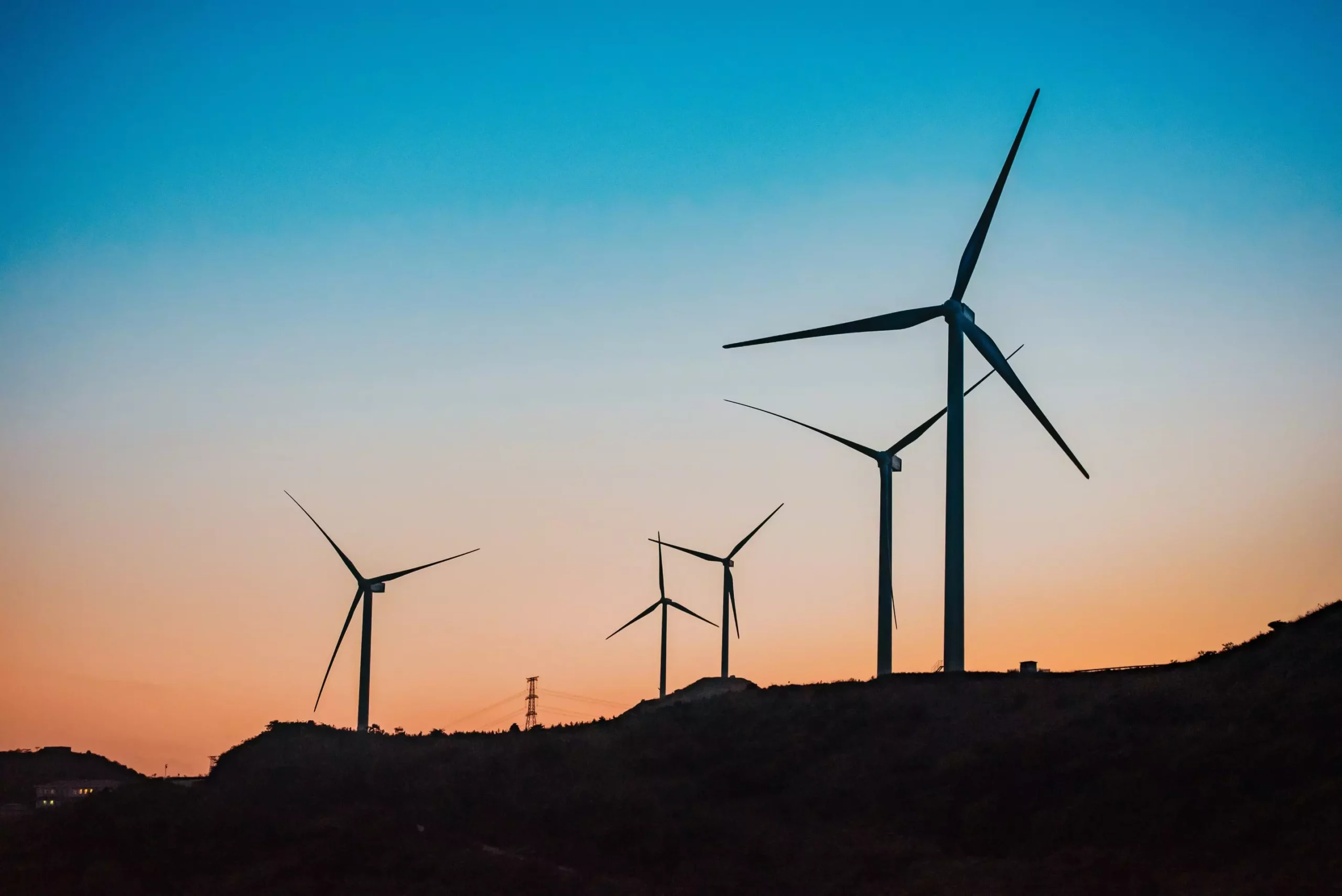The progress towards a greener energy future has been an ongoing global dialogue, but the reality often starkly contradicts this ideal. As countries strive to reduce reliance on fossil fuels, the complexities of implementing renewable energy solutions often stymie these efforts. Despite decades of advocacy for renewable energy adoption, countries like Australia reveal a troubling over-dependence on coal and gas power sources. The systemic barriers hindering the energy transition are numerous and multifaceted, revealing that the challenges extend far beyond mere technical know-how.
A significant obstacle in the transition to renewable energy is the antiquated infrastructure that struggles to adapt to new energy sources. In Australia, for instance, the Australian Energy Market Operator identifies the urgent necessity of expanding the electricity transmission network. With an estimated 10,000 kilometers of new transmission lines needed to connect remote renewable energy farms to urban centers, the scale of the task may contribute to the stagnation observed in the country’s renewable investment landscape. This isn’t merely a local dilemma, as similar delays in electricity grid development persist in various parts of Europe and the United States—the stark realities of infrastructure deficits create bottlenecks that inhibit renewable energy growth globally.
The intermittency of renewable energy sources such as solar and wind raises the critical issue of energy storage. To ensure a reliable power supply tailored to consumer demand, large-scale energy storage solutions are not merely beneficial; they are essential. The unique characteristics of renewables necessitate a flexible energy infrastructure capable of ramping up or down in response to fluctuating inputs. Thus, countries have begun to explore complementary solutions, including hybrid systems combining renewables with stable backup systems, such as flexible gas generation. However, if the deployment of these technologies continues to face logistical and regulatory hurdles, progress towards a greener future will inevitably be hindered.
Counterproductive regulatory frameworks often exacerbate the challenges faced by renewable energy projects. For instance, the painstaking process of obtaining planning and environmental approvals can deter potential investments and elongate project timelines. Furthermore, local communities frequently possess legitimate concerns regarding proposed energy infrastructure that may disrupt their environment or livelihoods. The UK and European Union’s legislative measures highlight a tactical shift towards prioritizing clean energy interests over competing community objections. While such a strategy may expedite project timelines, it also risks alienating local populations—a phenomenon that could sow dissent and undermine broader support for green initiatives.
The United States showcases another contrast through its approach embodied in the Inflation Reduction Act, which emphasizes financial incentives rather than stringent regulations. Notably, the enormous public investment of approximately $600 billion aims to rejuvenate green manufacturing and facilitate the transition to clean energy. By leveraging economic steering instead of coercive measures, the US underscores the principle that investment can serve as a powerful catalyst for change. However, like Australia, the US must also navigate the complex web of approvals necessary to expand its transmission networks.
Meanwhile, China offers a different narrative. As the world leader in renewable energy capacity, its rapid advances in solar and wind energy come at the cost of tighter government control and fewer bureaucratic checks. The nation’s targeted industrial policy, which emphasizes collaboration between state and industry, has allowed it to forge ahead with energy projects that the Western world may find contentious due to community pushback and regulatory constraints. Still, while impressive, China’s acceleration raises ethical questions regarding community welfare that cannot be overlooked.
The transition to green energy is both imperative and achievable, yet it is riddled with complexities that require thoughtful navigation. Countries around the world must grapple with the essential balance between vigor in pursuing clean energy initiatives and securing the support of local communities. Strategies that promote transparency and community engagement—like Victoria’s Transmission Investment Framework—may create avenues for sustainable growth, reinforcing local buy-in and long-term support.
Ultimately, transitioning to a green energy future is not merely a technical challenge; it is an intricate interplay of social, economic, and political dynamics. By learning from global experiences—both the successes and setbacks—nations can develop robust frameworks that prioritize clean energy while respecting community interests. A path towards sustainability exists, albeit paved with challenges, where collaboration, innovation, and respect for local stakeholders will guide the way forward. The shift to renewable energy will not be easy, but with commitment and foresight, it is a necessary endeavor that promises a healthier planet for future generations.


Leave a Reply